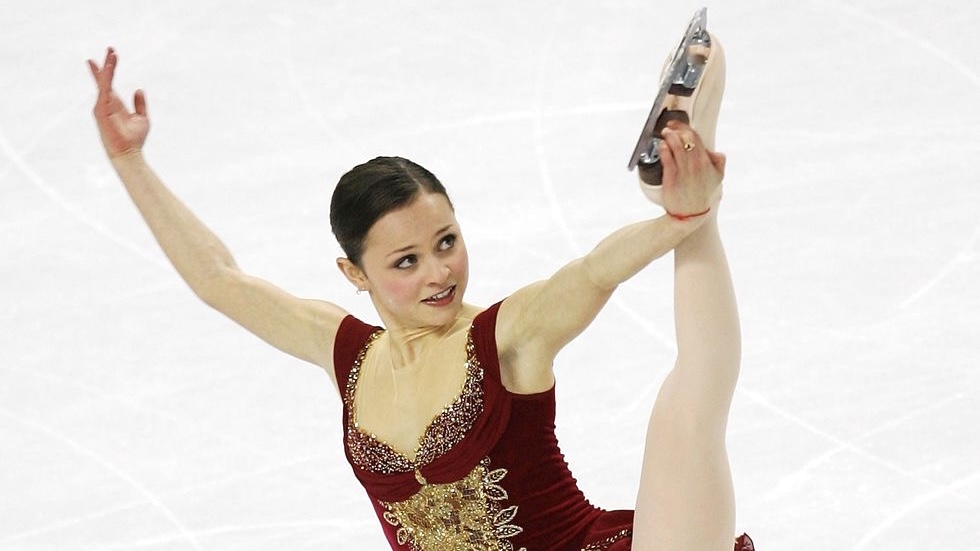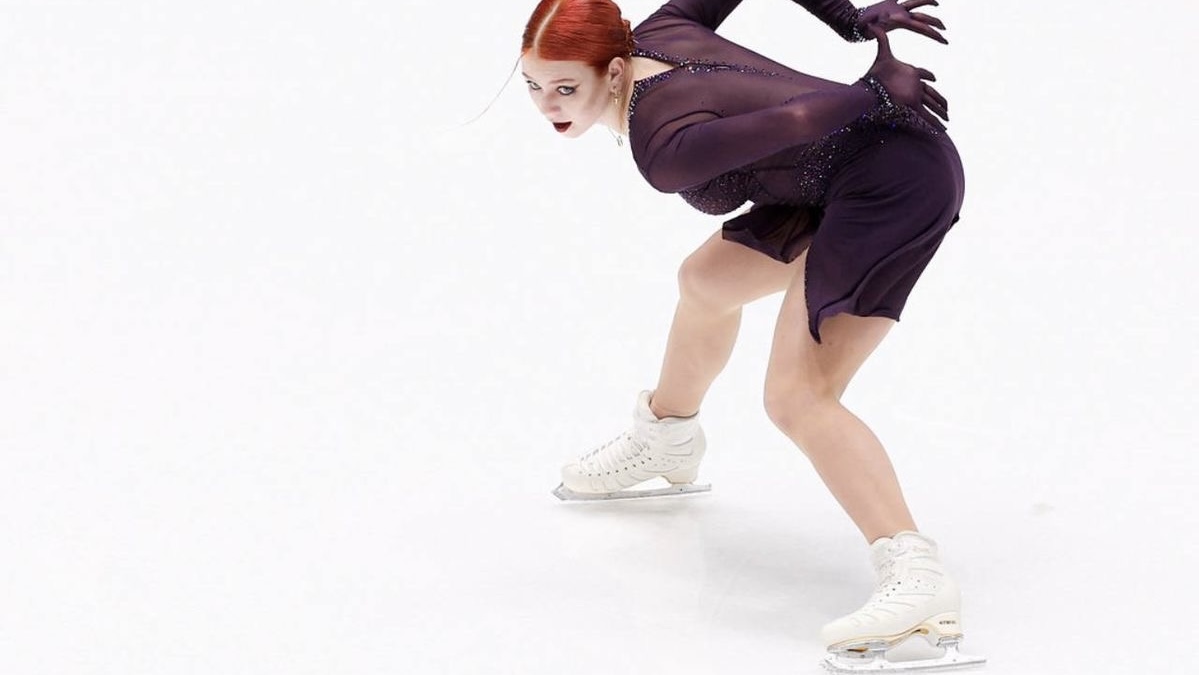January 15, 2025
Alexandra Trusova Expecting a Child
May 13, 2025

Figure skating, a sport that blends athleticism with artistry, demands technical precision, strength, and expressive grace—qualities that ballet classes uniquely cultivate. Many elite figure skaters incorporate ballet training to elevate their performance, as the disciplines share a foundation in posture, balance, and movement quality. A 2019 Journal of Sports Sciences study found that figure skaters who engage in ballet training improve their artistry scores by 12% and reduce injury risk by 10%. Drawing on insights from professional skaters and coaches, this article explores five ways ballet classes transform figure skating performance, supported by real stories from skating stars who credit ballet for their success on the ice.
Both ballet and figure skating require exceptional body control, fluidity, and emotional expression, making ballet a natural complement to skating training. A 2020 Journal of Dance Education study notes that ballet enhances skaters’ proprioception—awareness of body position—by 15%, improving spins and jumps. Ballet classes, typically involving barre work, center exercises, and choreography, refine the finesse that distinguishes top skaters, helping them translate technical skill into captivating performances. For skaters, ballet is not just cross-training but a pathway to mastering the sport’s artistic and physical demands.
Ballet emphasizes proper alignment—lifted chest, engaged core, and elongated spine—which translates to better skating posture. A 2018 Journal of Strength and Conditioning Research study found that ballet training improves postural stability by 10%, aiding skaters in maintaining clean lines during spins and spirals.
Yuna Kim’s Story: 2010 Olympic champion Yuna Kim, renowned for her elegant skating, credited ballet for her impeccable posture. In a 2014 Skating Magazine interview, Kim shared that weekly ballet classes in Seoul refined her alignment, particularly for her signature layback spin. “Ballet taught me to hold my body with strength and grace,” she said. Her ballet training shone in her gold-medal-winning Gershwin free skate, where her poised carriage earned high artistry scores.
Ballet stretches, such as arabesques and développés, increase flexibility in the hips, back, and legs, enabling skaters to execute elements like spirals and Biellmann spins with greater ease. A 2019 Journal of Dance Medicine & Science study reported that ballet-based stretching boosts hip mobility by 15%, reducing strain during complex moves.
Sasha Cohen’s Story: Olympic silver medalist Sasha Cohen, known for her extraordinary flexibility, incorporated ballet to enhance her range of motion. In a 2017 interview, Cohen explained that daily ballet barre work helped her achieve her iconic Biellmann and spiral positions. “Ballet made my extensions effortless,” she said. Her flexibility, showcased in her 2006 Olympic Romeo and Juliet program, captivated judges and audiences, elevating her technical and artistic scores.
Ballet trains skaters to move in sync with music, enhancing their ability to interpret choreography emotionally. A 2020 Psychology of Sport and Exercise study found that dance training improves musical timing in athletes by 14%, crucial for skating programs that demand storytelling.
Evgenia Medvedeva’s Story: Two-time world champion Evgenia Medvedeva, celebrated for her expressive skating, took ballet classes to deepen her musicality. In a 2019 interview, she noted that ballet choreography exercises helped her connect movements to music, particularly in her 2016 World Championship Anna Karenina free skate. “Ballet taught me to feel the music in my bones,” she said. Her emotive performances, marked by precise musical timing, consistently earned top program component scores.
Ballet’s focus on core engagement and controlled movements builds the stability needed for skating elements like jumps and spins. A 2021 Journal of Sports Sciences study showed that ballet training enhances balance by 12% in athletes, improving landing consistency and spin centering.
Patrick Chan’s Story: Three-time world champion Patrick Chan, known for his seamless skating, used ballet to bolster his core strength and balance. In a 2018 CBC Sports interview, Chan shared that ballet classes in Toronto strengthened his core, aiding his triple Axel landings and intricate footwork. “Ballet made me feel grounded on the ice,” he said. His ballet-honed stability was evident in his 2011 World Championship free skate, where flawless spins and jumps secured his first world title.
Ballet’s emphasis on precise, controlled movements heightens body awareness, helping skaters avoid overextension and improper technique that lead to injuries. A 2018 Journal of Dance Medicine & Science study found that ballet-trained athletes reduce overuse injuries by 10% due to improved movement mechanics.
Carolina Kostner’s Story: European champion Carolina Kostner, admired for her longevity in the sport, credited ballet for her injury prevention. In a 2020 interview, Kostner explained that ballet classes in Italy taught her to align her body correctly during jumps and spins, minimizing stress on her knees and back. “Ballet kept me skating longer,” she said. Her injury-free career, highlighted by her 2012 World Championship win, showcased the durability ballet fostered.
Ballet classes are a game-changer for figure skaters, enhancing posture, flexibility, musicality, strength, and injury prevention to elevate performance on the ice. The experiences of Yuna Kim, Sasha Cohen, Evgenia Medvedeva, Patrick Chan, and Carolina Kostner illustrate how ballet transforms technical skill into artistry, helping skaters achieve competitive success and captivate audiences. Skaters, consider adding ballet to your training regimen—whether through weekly classes or barre exercises—to unlock new levels of grace and precision. With ballet’s discipline and beauty, you can glide toward your best performances, making every moment on the ice a masterpiece.
By Vitalina Andrushchenko, Staff Writer

January 15, 2025
Alexandra Trusova Expecting a Child

December 26, 2024
2025 World Junior Championship Schedule

April 05, 2025
Alexandra Trusova and Makar Ignatov Reveal the Gender of Their Future Child